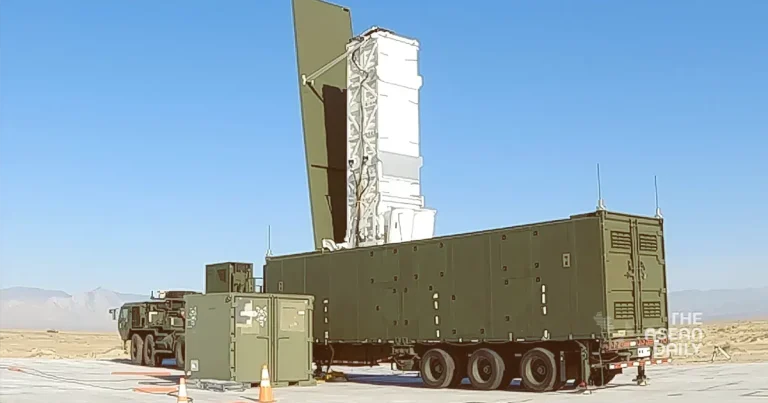5-7-2024 (MANILA) In a move aimed at easing tensions with Beijing over the disputed South China Sea, the Philippines has announced the forthcoming withdrawal of a US mid-range missile system from its territory within the next few months. However, analysts suggest that this decision is a mere “gesture” and that the system could potentially be redeployed to the region in the future.
Colonel Louie Dema-ala, a spokesperson for the Philippine Army, confirmed on Tuesday that the Typhon Weapons System, deployed in the country as part of joint military exercises with the United States, would return to the US in September “as per plan” once other defense equipment had been shipped back.
“The US Army is currently shipping out their equipment that we used during Balikatan and Salaknib exercises,” Dema-ala stated, without providing further details on the reasons behind the withdrawal.
In April, the US Army Pacific had announced the “successful” deployment of its Mid-Range Capability (MRC) missile system on the northern Philippine island of Luzon, marking the first time such a weapon system had been deployed in the Asia-Pacific region since the 1987 US-Soviet Union Intermediate-Range Nuclear Forces (INF) Treaty prohibited the development and possession of land-based missiles with a range of 500km to 5,500km.
The Typhon system, a land-based, ground-launched system capable of firing the Standard Missile 6 (SM-6) and the Tomahawk Land Attack Missile (TLAM), with respective operational ranges of more than 240km (150 miles) and 2,500km (1,550 miles), had angered Beijing due to its potential to cover both the South China Sea and the Taiwan Strait.
Chinese Defense Minister Dong Jun had expressed strong opposition to the deployment during a meeting with US Secretary of Defense Lloyd Austin on the sidelines of the Shangri-La Dialogue in Singapore in May, citing the system as “a real threat to regional security.”
The withdrawal of the missile system comes as Beijing and Manila attempt to reduce tensions in the South China Sea, which have escalated into standoffs between their coastguards involving water cannons and colliding vessels near the disputed Second Thomas Shoal and Scarborough Shoal.
During a bilateral consultative mechanism meeting in Manila on Tuesday, the two sides exchanged views on the situation surrounding the disputed atolls and agreed to continue managing their differences through negotiation, noting that maintaining peace and stability in the South China Sea was in the “interests of both China and the Philippines.”
Former PLA instructor Song Zhongping described the move as “a gesture” to ease tensions with China following recent bilateral talks, adding that the US could still redeploy the missile systems whenever necessary to exert pressure on China.
However, analysts remain divided on the implications of this move. While some perceive it as a temporary concession by Manila to mitigate tensions, others believe it could undermine the US’s ability to launch countermeasures against the PLA in the event of an attack on Taiwan.




